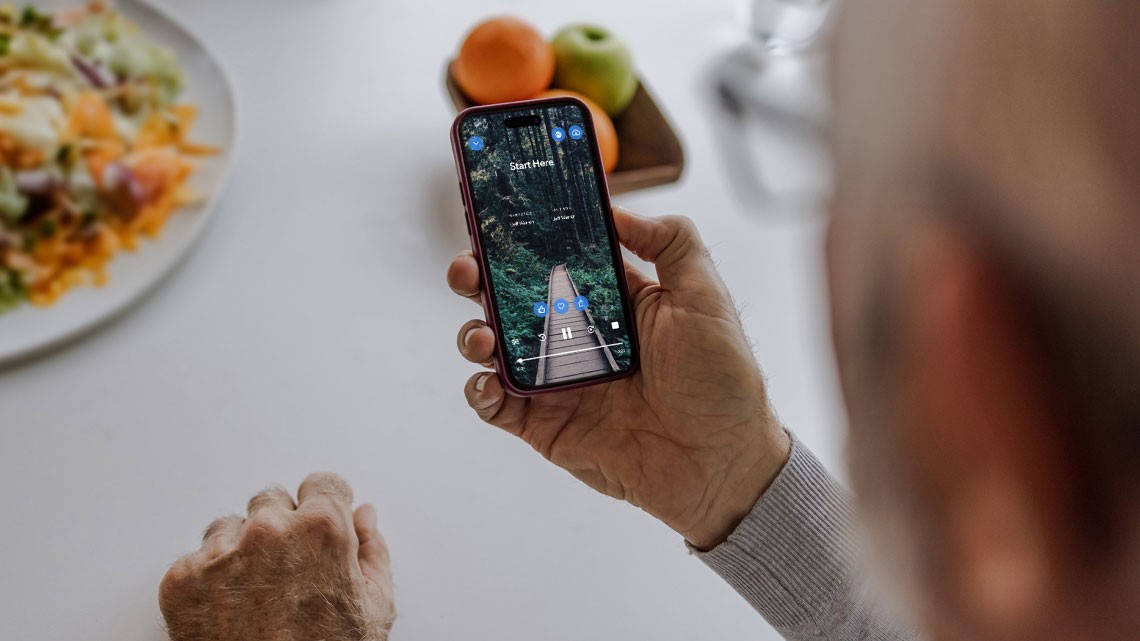Staying Fit
April Fools’ Day dates back more than 400 years; it’s even older than Thanksgiving (no joke!). Which means there have been lots of chances for good mischief.
1582: Fool’s gold
In 1582, Pope Gregory XIII introduced the Gregorian calendar, moving the start of the new year to January from April. And thus, those who kept celebrating the old new year were ridiculed as “April fools,” which eventually led to a new unofficial holiday, historians suggest.
1698: A wild start
The first documented April fools’ prank took place in London. A clever Brit announced a special event at the Tower of London: “See the Lions washed.” No such public cleansing of jungle cats was planned, but the announcement drew a crowd of rubes.
1796: New jokes in the New World
The earliest recorded American April fools’ prank took place in Middletown, Connecticut, where an anonymous handbill promised a marketplace with a demand for “fool’s coats.” The ad specified that sellers should bring coats that were “predominante” in yellow, with lots of tin bells and tassels, including “seven on the right shoulder.”
1974: An explosive prank
When residents of Sitka, Alaska, awoke to see smoke rising from the crater of a long-dormant Mount Edgecumbe, officials scrambled to respond to a possible volcanic eruption. It was an elaborate stunt, three years in the making. Oliver “Porky” Bickar led a group of people who had piled hundreds of tires and greasy rags in the volcano’s crater and set them on fire — and spray-painted “APRIL FOOL” on the snow.
1980: A new meaning of hat hair
The official magazine of the British army reported that its guards’ fur helmets needed regular trimming because the bear pelts used were so thick that the hair continued growing. The London Daily Express reprinted the article — perhaps because the prank story promised that the bearskin growth hormone “can be put to use in medical research — especially into baldness.”
1983: Some meta mischief
When an Associated Press reporter asked history professor Joseph Boskin about the origins of April Fools’ Day, the Boston University academic jokingly cited a fictitious King Kugel — the name inspired by a friend’s favorite noodle dish. The next day, the professor was shocked to learn that the reporter had run the King Kugel gag as fact.


































































